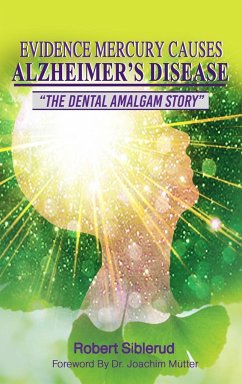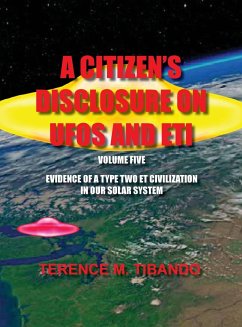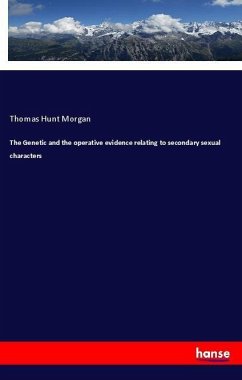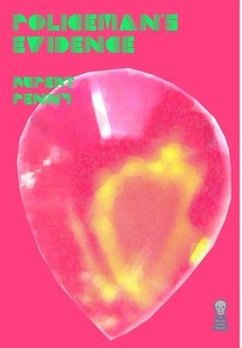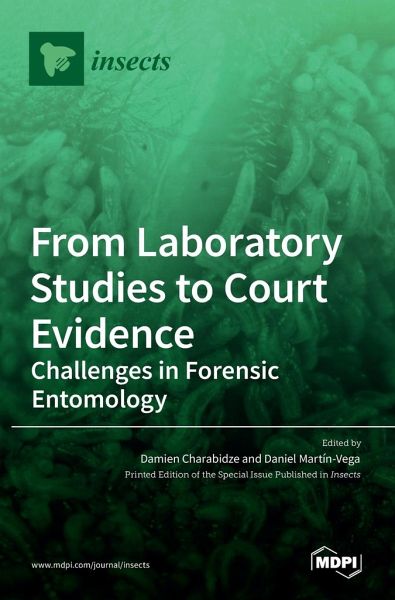
From Laboratory Studies to Court Evidence
Challenges in Forensic Entomology
Versandkostenfrei!
Versandfertig in 1-2 Wochen
78,99 €
inkl. MwSt.

PAYBACK Punkte
39 °P sammeln!
In 2001, Benecke concluded a review on the history of forensic entomology with these optimistic words: "basic research and advanced application of forensic entomology (...)has opened the way to routine casework". At the same time, the TV show Crime Scene Investigation (CSI) largely brought forensic entomology to light. However, the show also cruelly pointed out its limits: After the team leader explained to his colleague how insects can help determine the time of death, the team leader added "You've still got to convince a jury", to which the colleague promptly responded "On guns. It's got to ...
In 2001, Benecke concluded a review on the history of forensic entomology with these optimistic words: "basic research and advanced application of forensic entomology (...)has opened the way to routine casework". At the same time, the TV show Crime Scene Investigation (CSI) largely brought forensic entomology to light. However, the show also cruelly pointed out its limits: After the team leader explained to his colleague how insects can help determine the time of death, the team leader added "You've still got to convince a jury", to which the colleague promptly responded "On guns. It's got to be better than bugs. Less Latin." Indeed, several factors-including complexity, inherent limitations, and the rapid evolution of scientific knowledge-explain the slow acceptance of insect-based evidence. In this context, this Special Issue focuses on the articulation between laboratory studies and casework, a major challenge for the future of forensic entomology.




